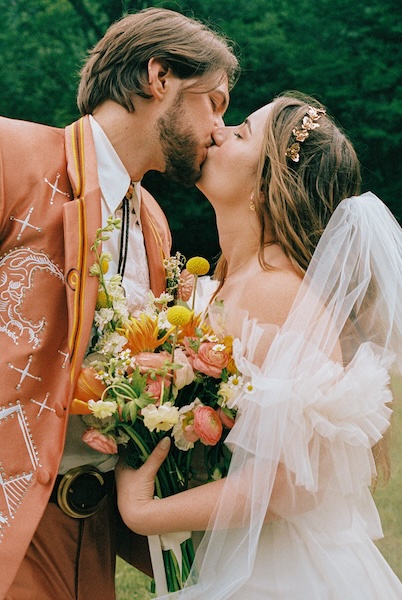Industry News
First, what exactly is your copyright? Let’s say we’re talking about a photograph. Is your copyright the right to control that photograph, the physical print itself in a frame on a wall somewhere? No. Your copyright over that image is your right to control “The Copy” of the photograph. But what is that exactly?
This can get a little confusing, because The Copy is not any physical photograph, print or other tangible copy of the photo, and it doesn’t actually exist anywhere concrete. If there is one photo, and 99 prints of that image, then The Copy of the photo is what all 100 tangible copies have in common. Never be fooled into thinking that your copyright controls any physical object. Rather, it controls an abstract set of information that is manifested in a physical object.
Now, from some perspectives, it may not be entirely clear why anyone needs this right. After all, information (which is, remember, what The Copy is) is free. If you have a book and I read the book and write down exactly what it says, has your book been damaged? Have you lost any ability to read that book? No. The Copy of any copyrighted work is like a candle flame: one candle can light a potentially infinite number of other candles. So then who cares?
Why should the author of a book care if ten thousand people read copies of his book if it doesn’t cost him anything to let others make those copies? If you’re a creator of copyrighted works, you already know the answer, and artists and writers have been saying it since the Roman Empire. Roman poet Martial complained in his Epigrams that he never made any money off his books, despite the fact that they were massively popular across all of Europe.
And that is the crux of why we have copyright. We want poets, painters, photographers and authors—and everyone else who makes copyrightable work—in our society. Some (including myself) would even say that we need them, because art and learning helps us connect, grow and form culture and identity. But we want creators to produce an essential product for us to consume, yet we have no incentive (at least, no incentive within a free market environment) to pay them for what they produce. Thus, we invented copyright.
The history of the legal doctrines that gave rise to our modern concept of copyright law is convoluted and technical, but in essence, their purpose was to provide creators with an incentive to create (and to prevent everyone around creators, such as booksellers, printers and editors), from making plenty of money off the physical copies while giving none to the creator of The Copy). The first law that we might recognize as a modern copyright law, the Statute of Anne, passed by English Parliament in 1710, was entitled “An Act for the Encouragement of Learning,” and in 1787 the writers of the United States Constitution incorporated into it the Copyright Clause, which states the purpose of copyright laws as being “to promote the Progress of Science and useful Arts.” It was understood by both the English Parliament and the Continental Congress that societies need people to devote themselves to learning and to their craft, whether that be philosophy, storytelling, painting or anything else, and that in order to fulfill that need, those people need to be somehow compensated. That compensation comes in the form of The Copy. If you create a given set of information and reduce it to a tangible manifestation, then (to some degree) you control every other tangible manifestation of that Copy.
This is, of course, a gross oversimplification of the complex development of copyright law, and it completely glosses over some of the other theories of why copyright should exist. For example, many would say that a creator’s right to their Copy arises not out of a practical need to make sure they get paid but because a creator has a moral right to their work. When you write a book, for example, you pour your time, thoughts and identity into a piece of writing that is utterly unique and will be forever connected to you.
In the 6th century A.D., the Irish High King Diarmait mac Cerbaill said in a dispute over a copy of an illuminated manuscript of nearly priceless value, “To every cow belongs her calf, and therefore to every book belongs its copy,” indicating that the person who wrote a book should have rights over any potential copies.
Aaron M. Arce Stark is a lawyer for artists and entrepreneurs. Learn more about his law firm, Arce Stark Law LLC, at arcestarklaw.com.
This article is for informational purposes only. It is not intended and should not be construed as legal advice. Contact a lawyer.
Related: Getting Cozy With Copyright Again
Why Registering Your Copyrights Is More Essential Than You Think
Second Shooter Authorship: Who Owns The Photos?





